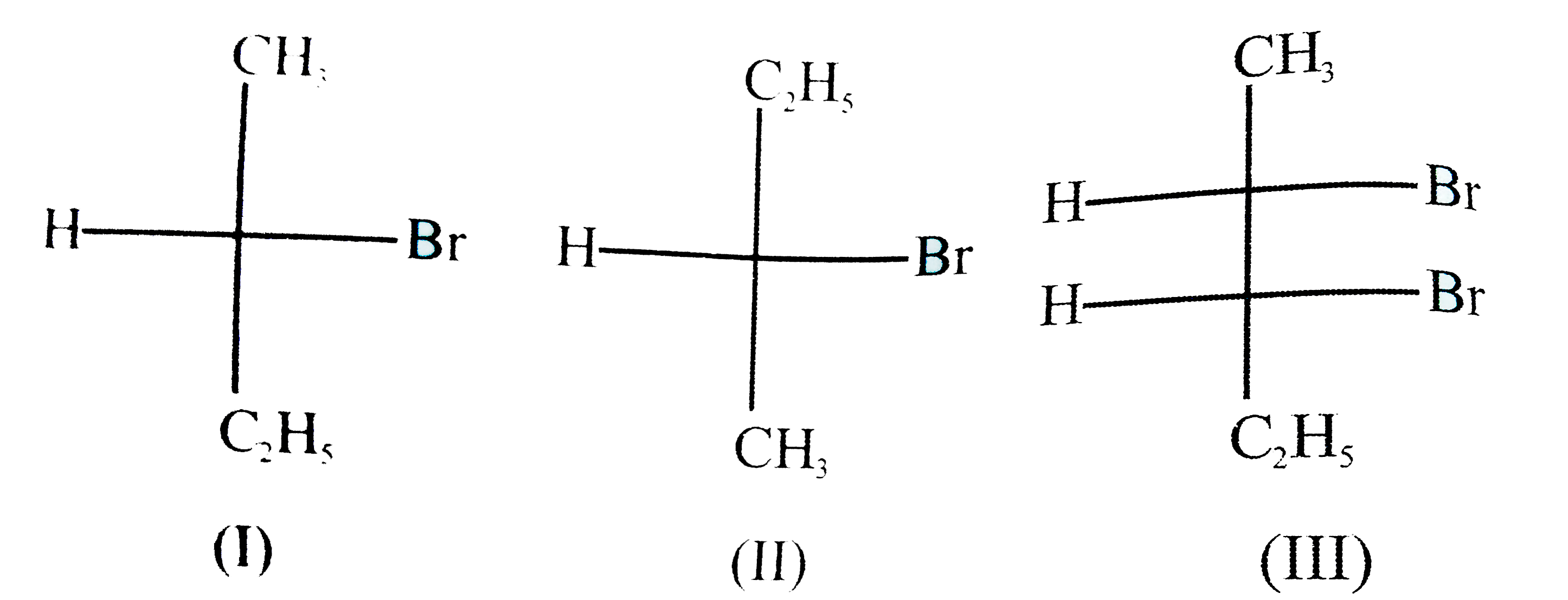Why are carbohydrates generally optically active?
Step-by-Step Solution:
1. Understanding Optical Activity: Optical activity refers to the ability of a substance to rotate the plane of polarized light. This property is commonly observed in certain organic compounds, including carbohydrates.
2. Chirality in Carbohydrates: For a carbohydrate to be optically active, it must contain one or more chiral centers (chiral carbons). A chiral carbon is defined as a carbon atom that is bonded to four different substituents or groups. This unique arrangement allows for non-superimposable mirror images, which is a characteristic of chiral molecules.
3. Identifying Chiral Carbons: In carbohydrates, such as glucose, we can identify chiral carbons by examining their structure. For instance, in the case of glucose:
- The structure of glucose contains several carbon atoms, some of which are bonded to different groups (like hydroxyl groups, hydrogen atoms, and other carbon chains).
- By analyzing the structure, we can see that glucose has four chiral carbons, each bonded to four distinct groups.
4. Optical Activity of Glucose: Since glucose contains four chiral carbons, it is classified as an optically active compound. The presence of these chiral centers allows glucose to rotate polarized light. Depending on the direction of rotation, it can be classified as either:
- Dextrorotatory (rotating light to the right) or
- Levorotatory (rotating light to the left).
5. Conclusion: Therefore, carbohydrates are generally optically active because they possess chiral carbons, which enable them to rotate the plane of polarized light due to their unique structural configurations.
---
- The structure of glucose contains several carbon atoms, some of which are bonded to different groups (like hydroxyl groups, hydrogen atoms, and other carbon chains).
- By analyzing the structure, we can see that glucose has four chiral carbons, each bonded to four distinct groups.
- Dextrorotatory (rotating light to the right) or
- Levorotatory (rotating light to the left).
Topper's Solved these Questions
- BOOK - ICSECHAPTER - BIOMOLECULESEXERCISE - EXERCISE (PART-II) (DESCRIPTIVE QUESTIONS)(SHORT ANSWER QUESTIONS)67videos
BIOMOLECULES
- BOOK - ICSECHAPTER - BIOMOLECULESEXERCISE - EXERCISE (PART-II)(DESCRIPTIVE QUESTIONS)(LONG ANSWER QUESTIONS)31videos
BIOMOLECULES
- BOOK - ICSECHAPTER - BIOMOLECULESEXERCISE - EXERCISE (PART-I)(MATCH OF THE FOLLOWING)1videos
BIOMOLECULES
- BOOK - ICSECHAPTER - APPENDIX II ( TYPICAL CONVERSIONS)EXERCISE - AROMATIC CONVERSIONS98videos
APPENDIX II ( TYPICAL CONVERSIONS)
- BOOK - ICSECHAPTER - CHEMICAL KINETICSEXERCISE - ISC EXAMINATION QUESTIONS (NUMERICAL PROBLEMS )57videos
CHEMICAL KINETICS
Similar Questions
Knowledge Check
- Question 1 - Select One
An optically active compound
Arotates the plane of polarised lightBchanges the direction of polarised lightCdoes not allow plane polarised light to pass throughDnone of these.
Which is optically active :-
View SolutionHow many minimum number of carbons are needed for an optically active ether ?
View SolutionWhich of the following is chiral as well optically active?
View SolutionIdentify the compound that on hydrogenation produces an optically active compound from the following compounds :
 View Solution
View SolutionWhich of these molecule is optically active ?
 View Solution
View SolutionWhat is the optical nature of the product obtained in an SN1 reaction if the substrate is optically active ?
View SolutionEnantiomers may possess different rates of reactions with other optically active compounds.
View Solution

